| Forster Dennis Gallery: October 22 - December 10, 2021 |
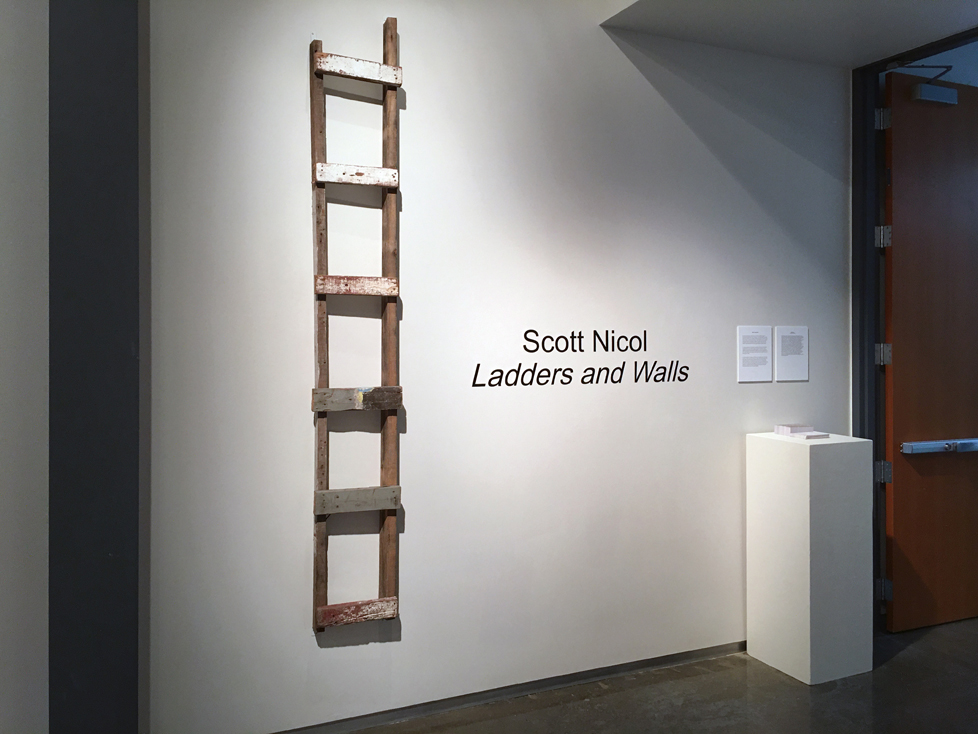 |
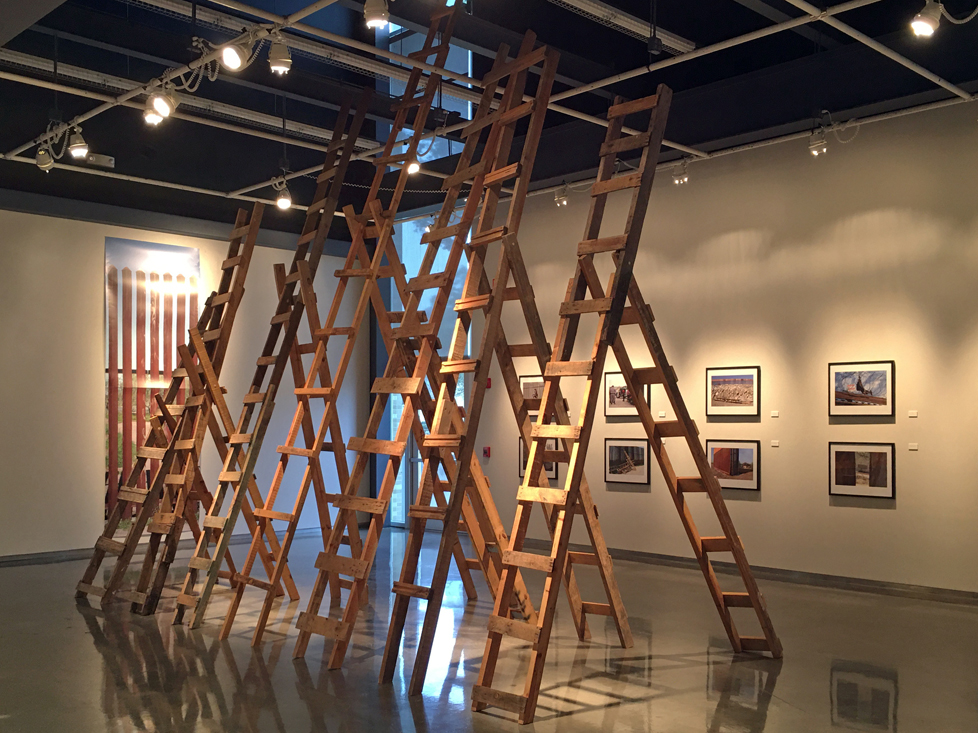 Ladders ladders salvaged from the border wall |
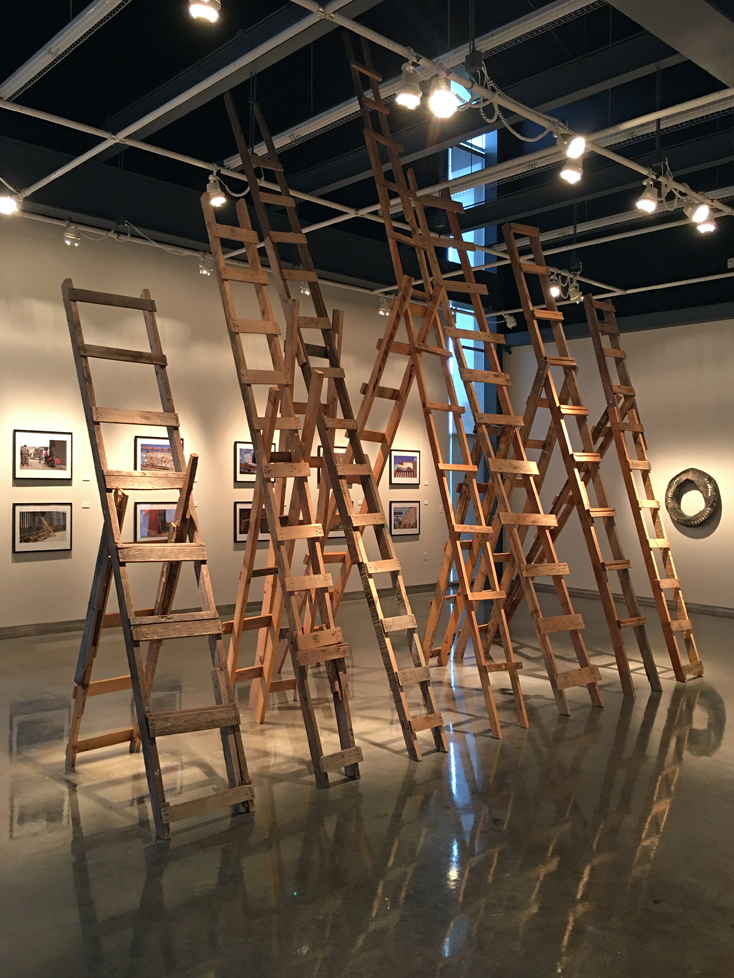 |
 |
 |
 |
 |
 |
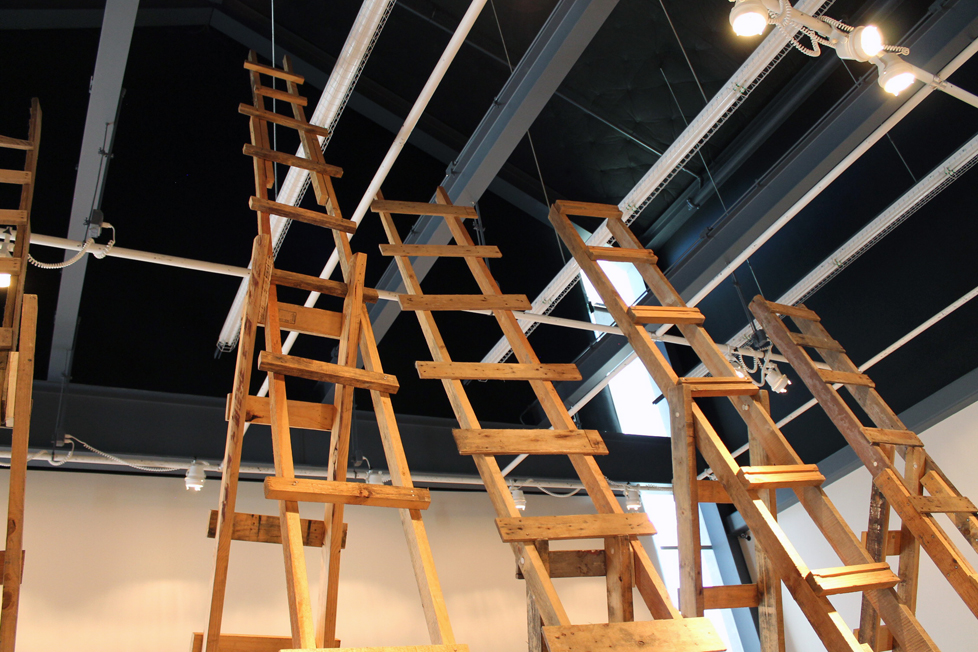 |
 Fragments: Tijuana, MX / Brownsville, TX border wall fragments, beeswax, ladder |
 |
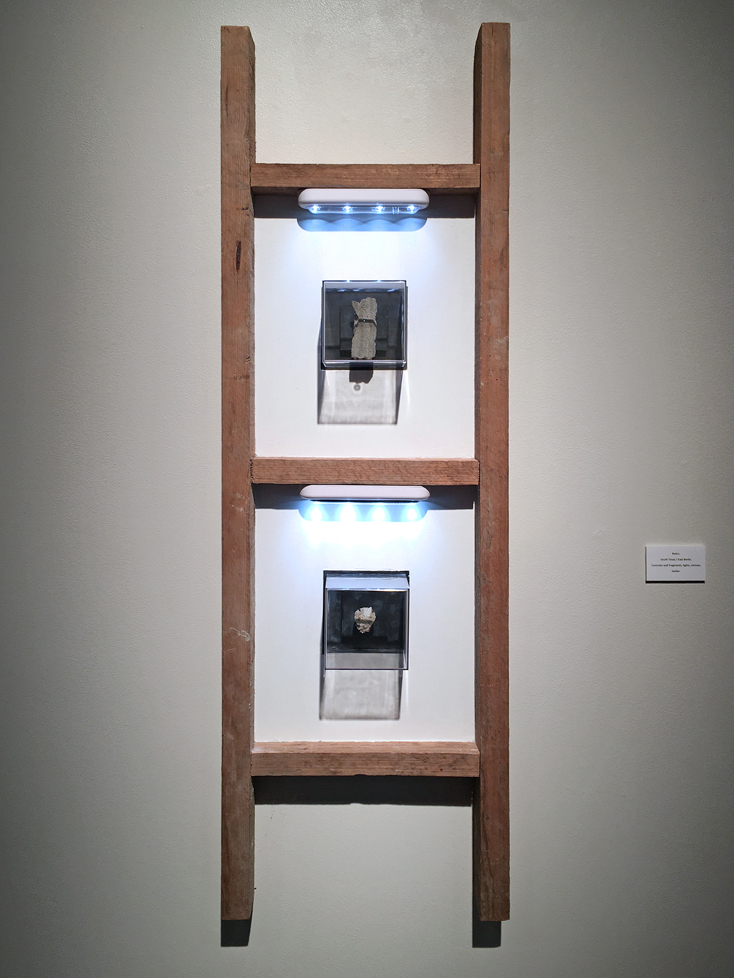 Relics: South Texas / East Berlin concrete wall fragments, lights, vitrines, ladder |
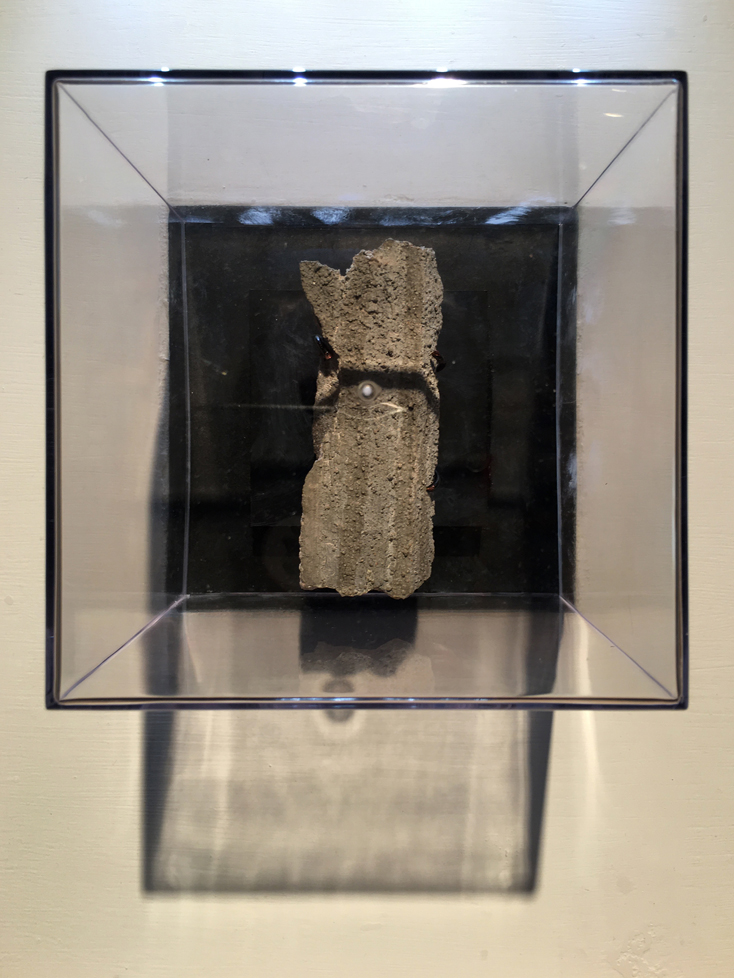 |
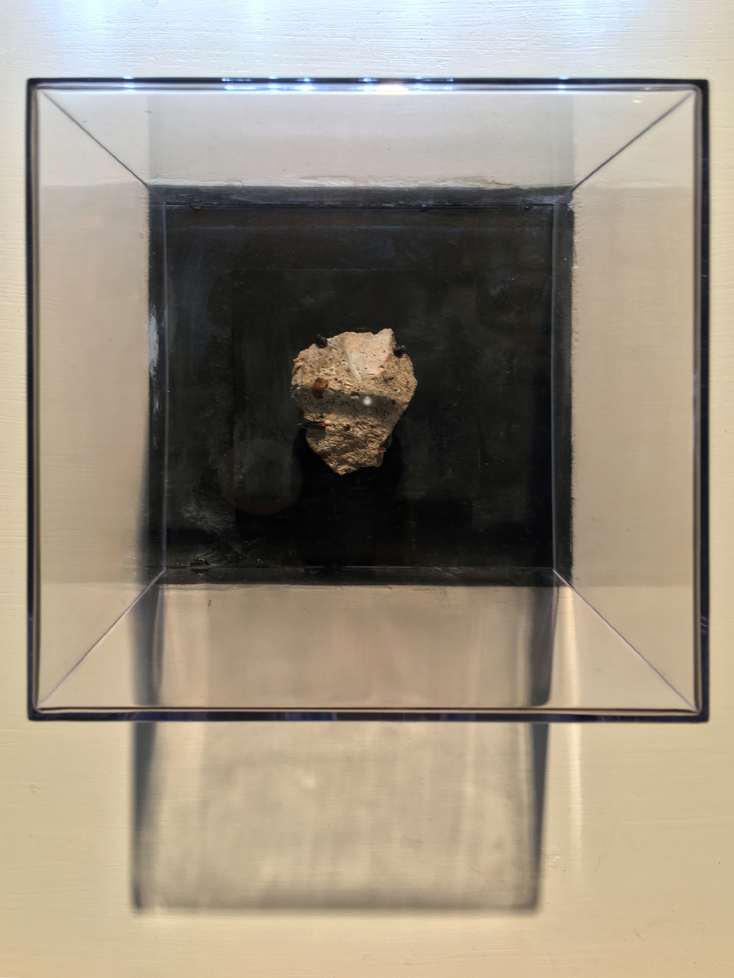 |
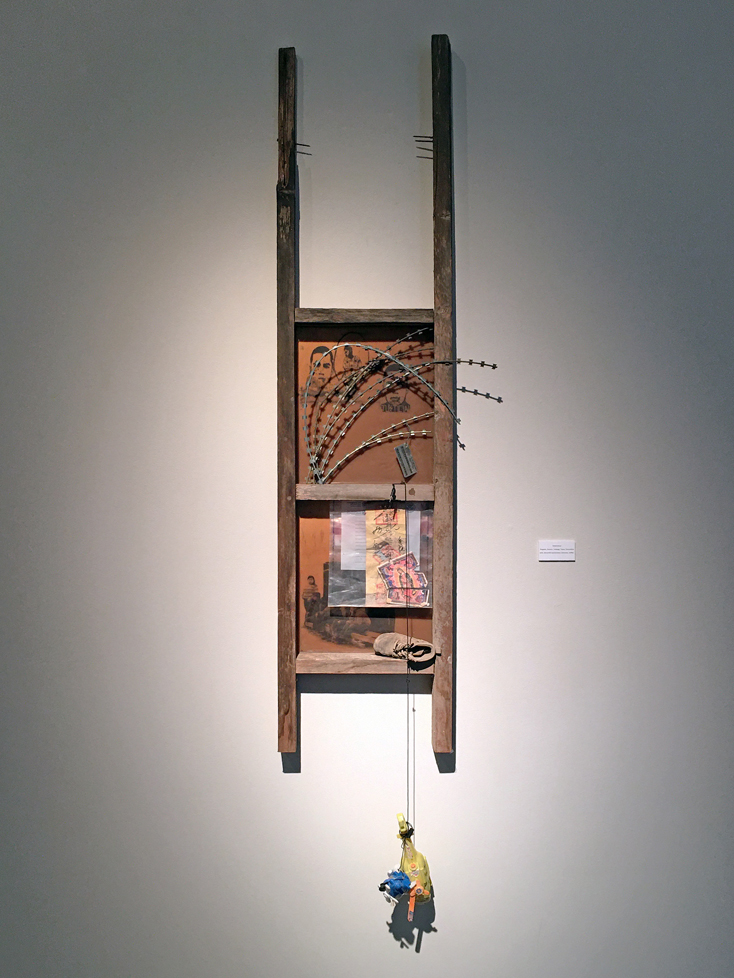 Deterrence: Nogales, Sonora / Hidalgo, Texas concertina wire, discarded possessions, beeswax, ladder |
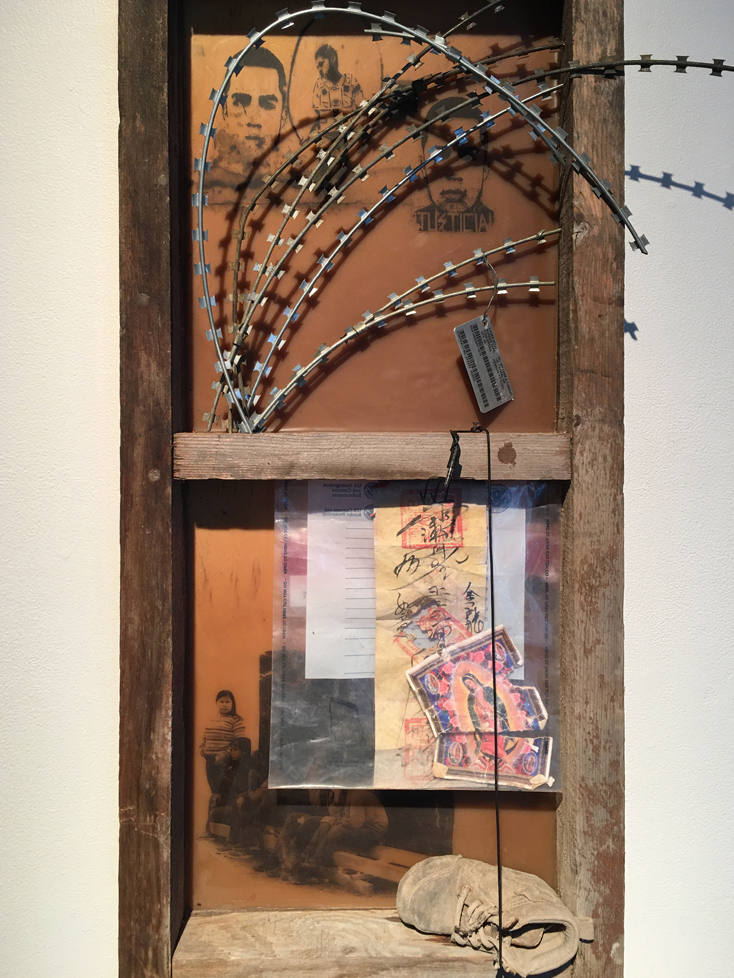 |
 Footprints Cameron County, TX. January 2016. |
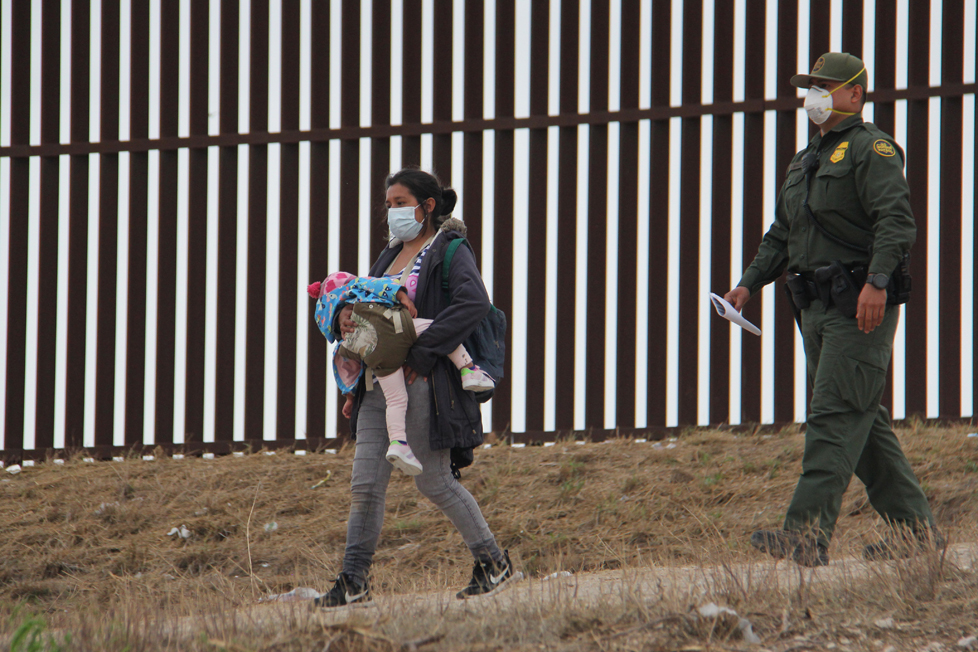 Seeking Asylum Hidalgo, TX. April 2021. |
 Border Patrol Photograph by Eliya Zay Nicol (age 7). Donna, TX. May 2014. |
 Family Hidalgo, TX. December 2017. |
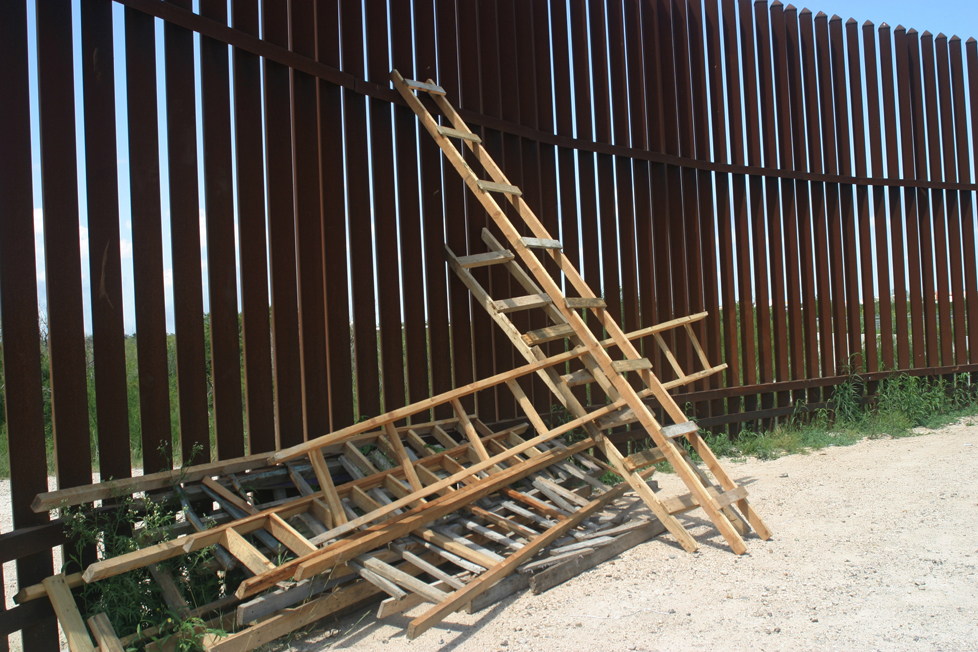 Ladders Hidalgo, TX. May 2012. |
 Ladder and Wall Granjeno, TX. January 2021. |
 Home Granjeno, TX. February 2021. |
 Peligro Andrade, MX. February 2019. |
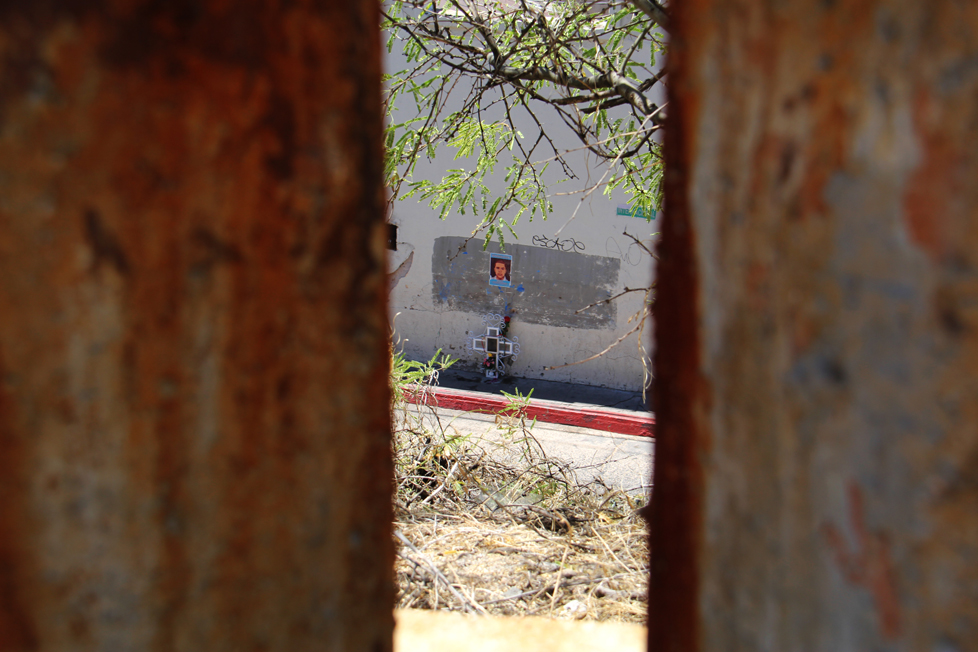 José Antonio Elena Rodríguez Nogales, AZ. June 2014. |
 Bullets Jacumba, CA. February 2019. |
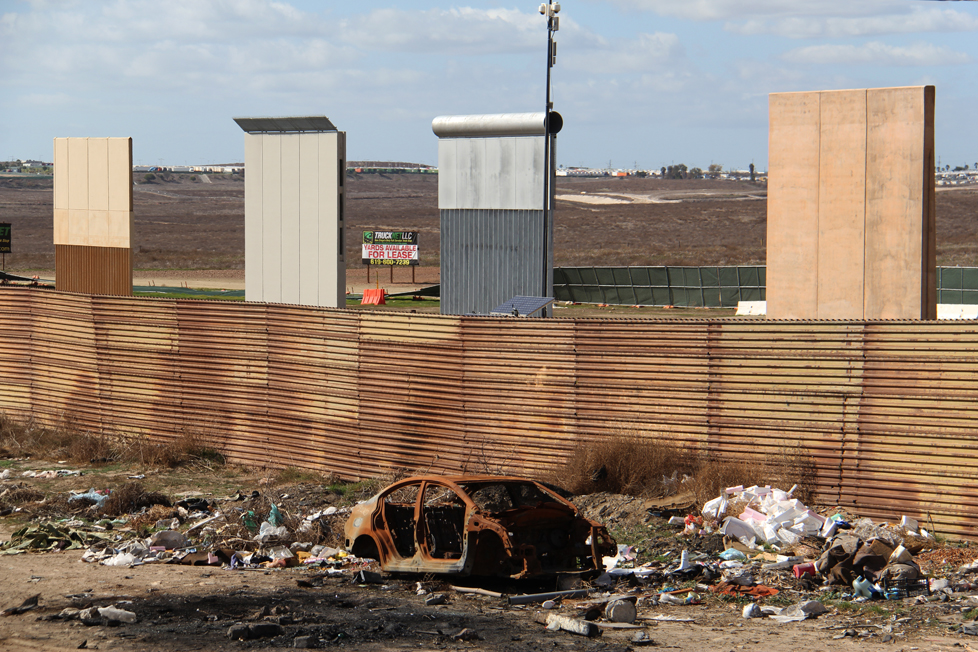 Prototypes Tijuana, MX. February 2018. |
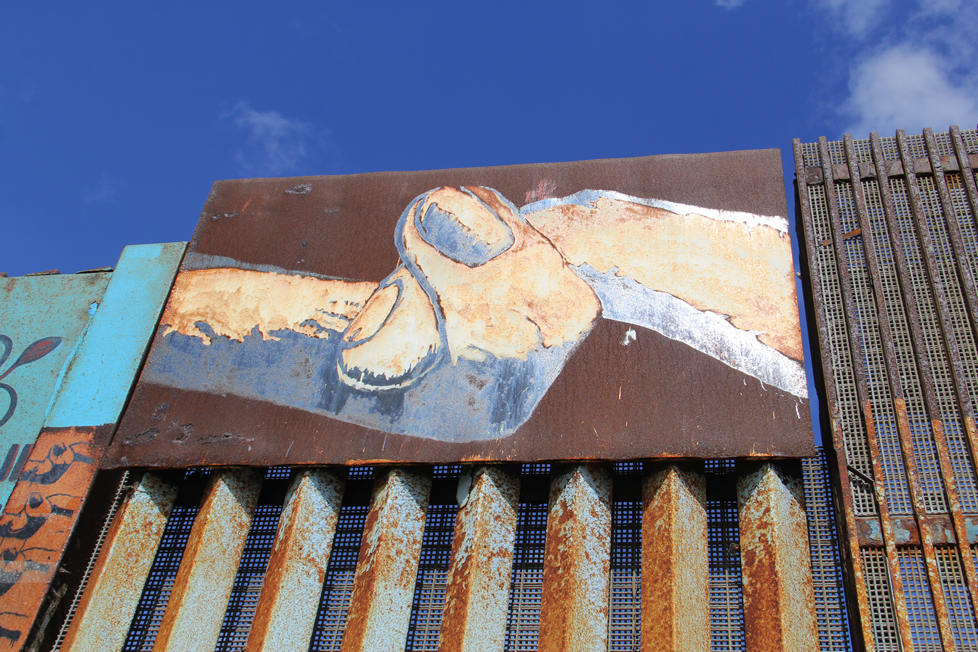 Touch Tijuana, MX. February 2018. |
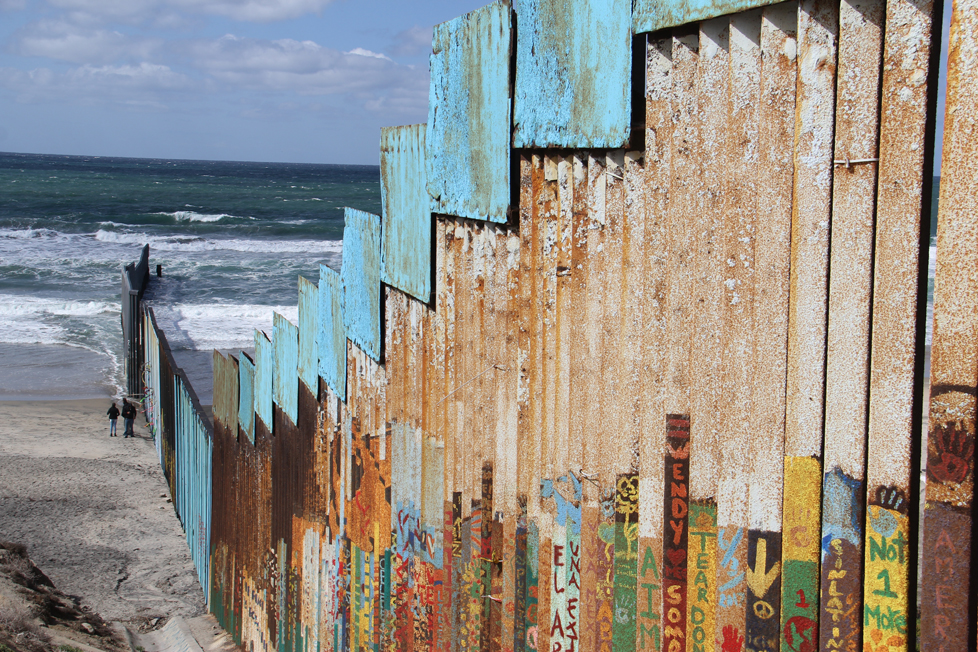 Pacific Tijuana, MX. February 2018. |
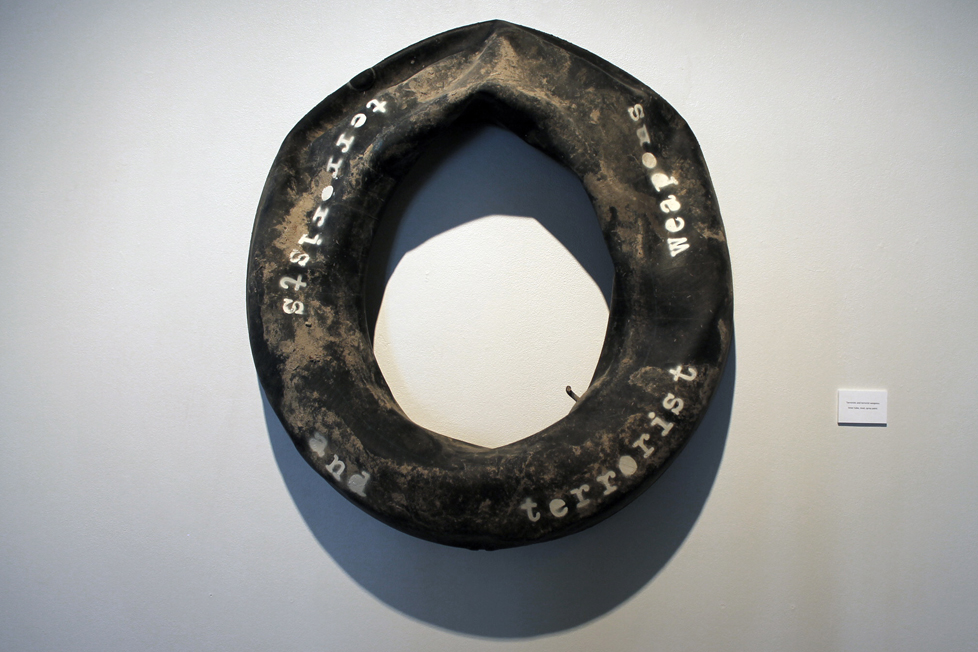 Terrorists and Terrorist Weapons inner tube, mud, spray paint |
| Artist's Statement As soon as the first border walls went up in South Texas ladders began to accumulate alongside them. This is no surprise - it has always been the case that where there are walls there are ladders. Walls built along the U.S.-Mexico border are an attempt to manifest an abstraction, to make a ribbon of ink on a map into concrete and steel on the landscape. Ladders are a subversion of that effort, revealing the futility of attempting to wall off the border. Scrap lumber and a handful of nails defeat barriers that have absorbed billions of federal dollars. The rough manufacture of the ladders also points to the hands that built them, the people that so much national treasure is devoted to repelling. Scraps of salvaged and splintered wood are cobbled together by people who are fleeing violence and poverty. They use what is at hand as they reach for a better life. But in the United States we fear poverty, and we reject those who suffer from it. We hide behind our walls. It is the materiality of the ladders, with bent nails, weathered wood, and muddy footprints on their rungs, that conveys this. Largely unaltered they speak to their brief usage. So too the innertube, still caked with mud from the Rio Grande, speaks of the person (or family) that rode it across the river. The photographs taken from the Pacific to near the Gulf of Mexico offer glimpses of the border that has come into being as the United States has erected its walls. The work in this exhibition is composed of fragments, like pottery sherds dug from the earth, around which larger stories can be pieced together. |
| Artist's Biography The impetus for Scott’s main artistic practice, which often involves the use of natural materials that maintain their original identities and references, arose from time spent in the rainforests of Venezuela and Ecuador while a student at Austin College (class of ’92). From that time forward much of the meaning of his artwork was inherent in the natural forms and objects which composed it. During graduate studies at the University of Texas at San Antonio he reestablished contact with the rainforest, traveling to Costa Rica to construct work in an ecosystem similar to those which had so powerfully influenced the early evolution of his art. Upon receiving his degree, from 2000 through 2005 he taught college courses on the creation of art utilizing the natural materials of the rainforest at the La Suerte Biological Field Station in Costa Rica, as well as landscape drawing at the Ometepe Biological Field Station in Nicaragua. These intensive classes addressed not only the technical issues involved in making art in response to a tropical ecosystem, but also the conceptual frameworks that influence students’ perceptions of the forest. He is currently an Assistant Professor of Visual Arts at South Texas College. Concurrent with his educational vocation he has engaged in activism and scholarship tied to the border walls that have, for more than a decade, been built within a few miles of his home. This has led him to testify before Congress and engage with the press, as well as speak about the impacts of border walls at academic conferences and write about them for the American Civil Liberties Union (ACLU) and other organizations. |